
How to Use SEN66: Examples, Pinouts, and Specs
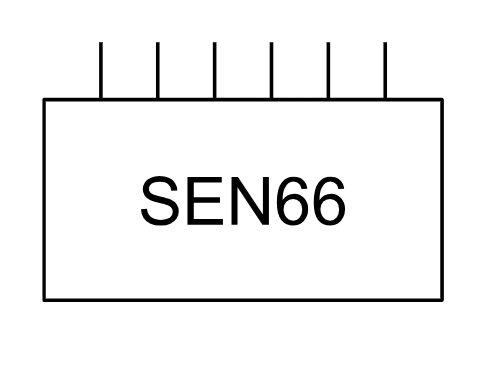
 Design with SEN66 in Cirkit Designer
Design with SEN66 in Cirkit DesignerIntroduction
The SEN66, manufactured by Sensirion, is a versatile air quality sensor designed to measure various gases, including carbon dioxide (CO2), carbon monoxide (CO), and volatile organic compounds (VOCs). This sensor is ideal for applications requiring precise and reliable air quality monitoring, such as environmental monitoring systems, HVAC systems, and smart home devices. Its compact design and high sensitivity make it a popular choice for both industrial and consumer-grade applications.
Explore Projects Built with SEN66
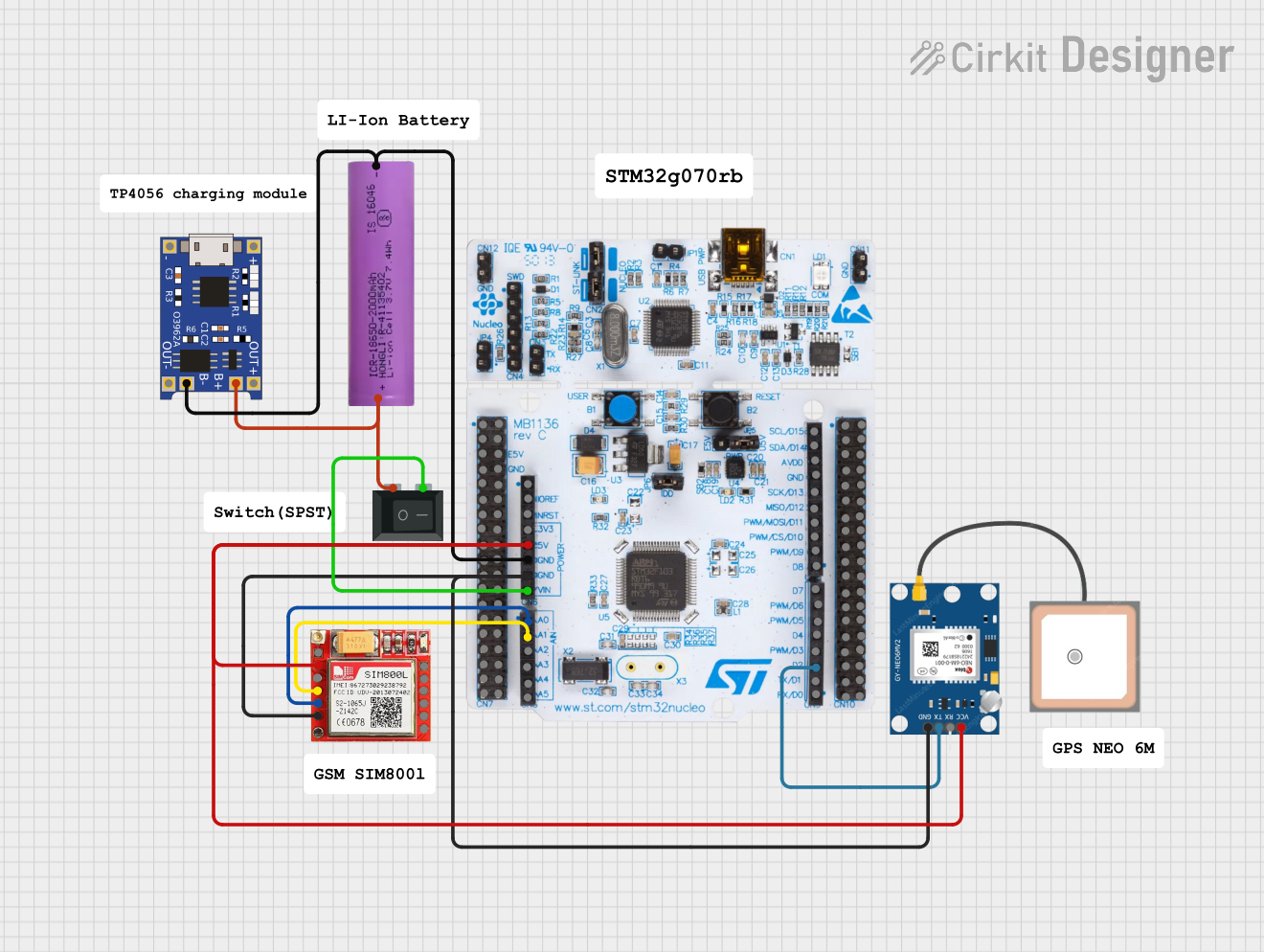
 Open Project in Cirkit Designer
Open Project in Cirkit Designer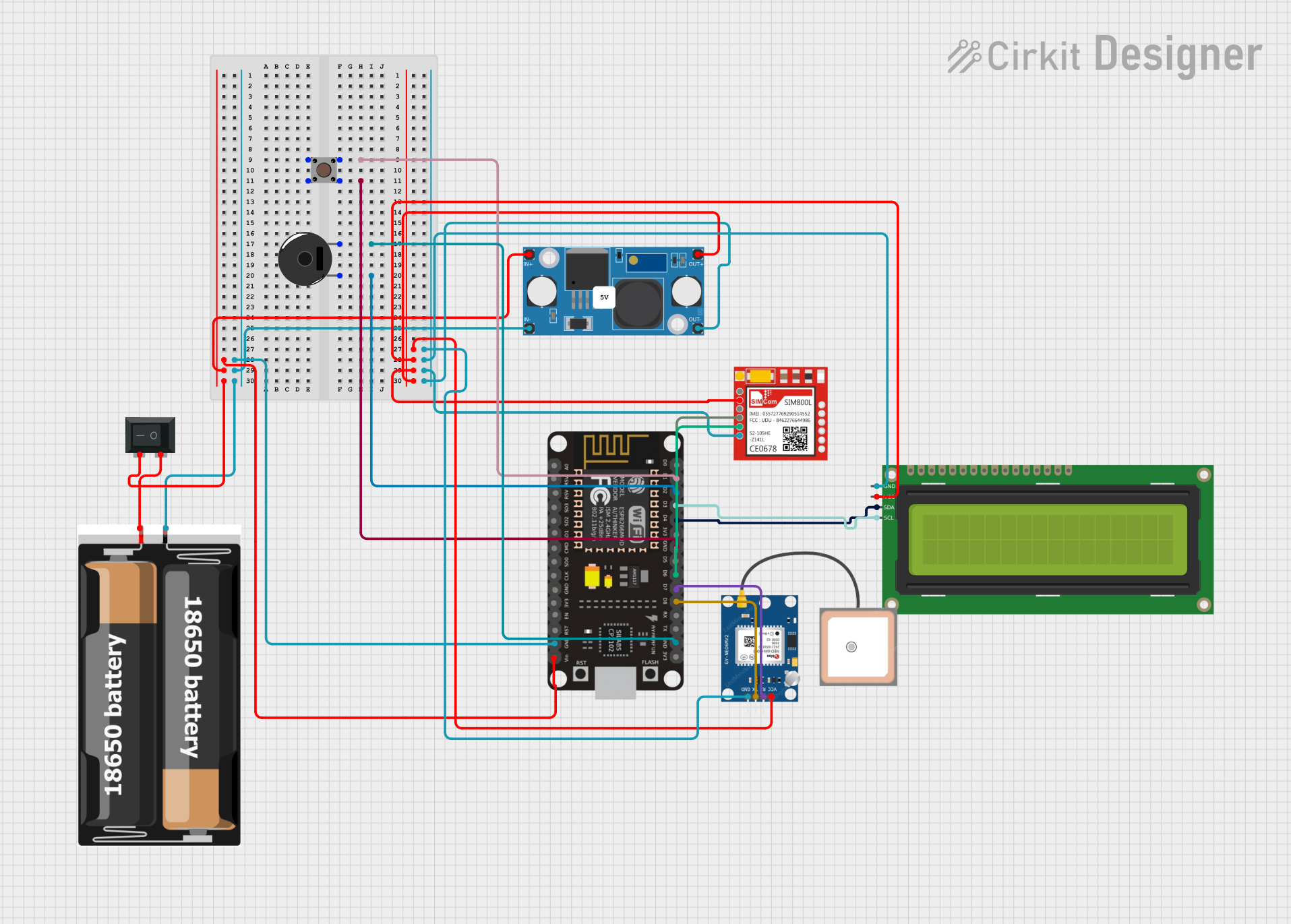
 Open Project in Cirkit Designer
Open Project in Cirkit Designer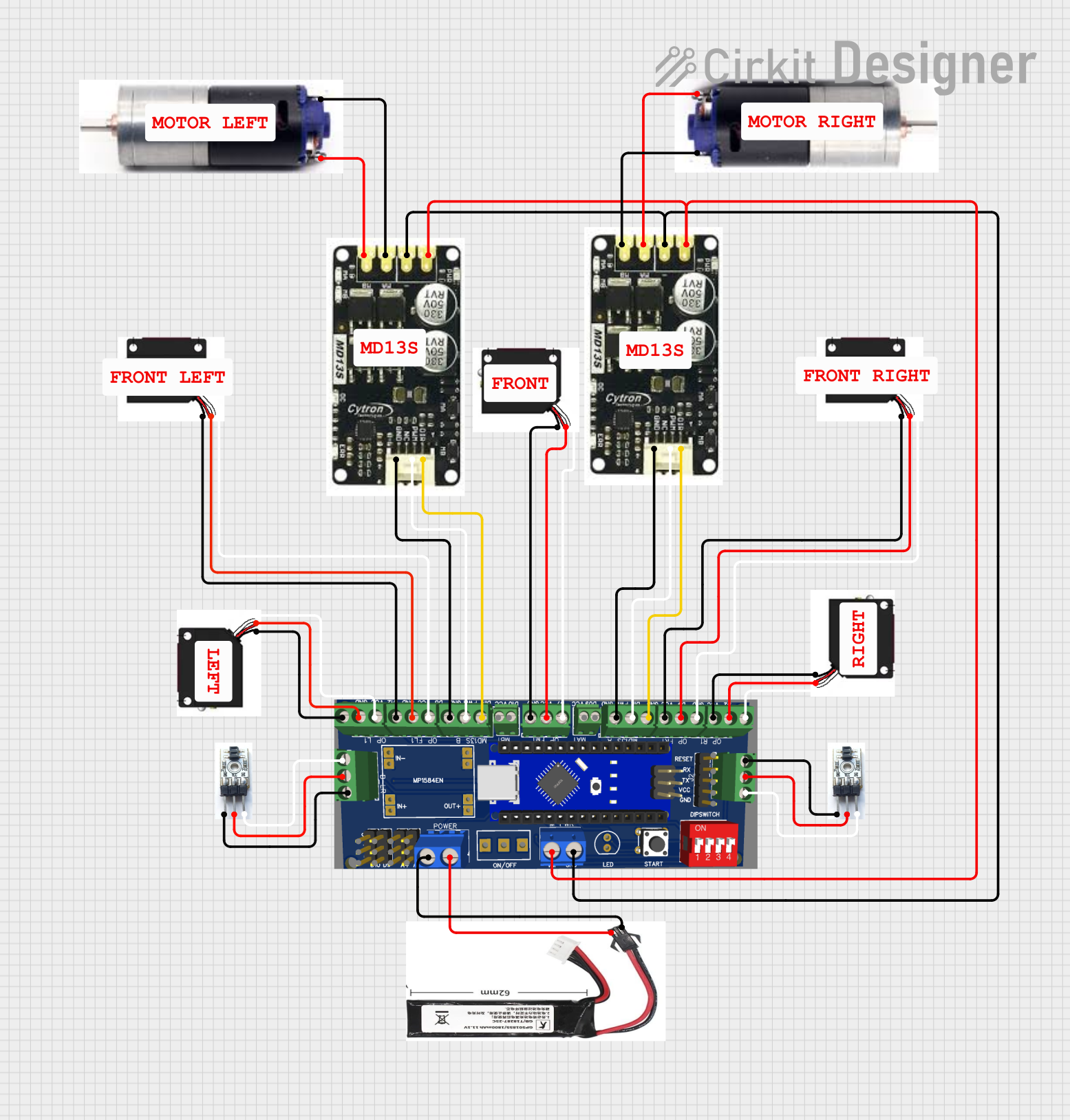
 Open Project in Cirkit Designer
Open Project in Cirkit Designer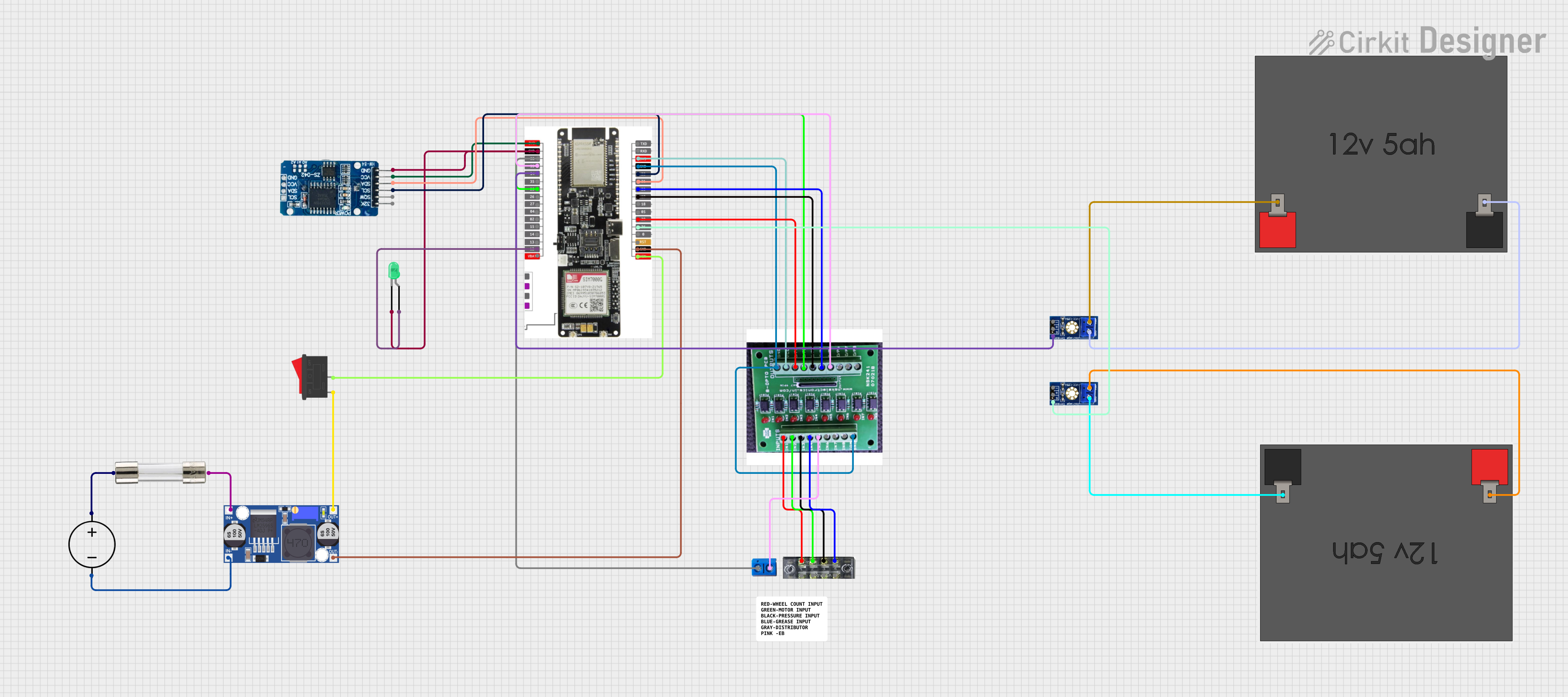
 Open Project in Cirkit Designer
Open Project in Cirkit DesignerExplore Projects Built with SEN66

 Open Project in Cirkit Designer
Open Project in Cirkit Designer
 Open Project in Cirkit Designer
Open Project in Cirkit Designer
 Open Project in Cirkit Designer
Open Project in Cirkit Designer
 Open Project in Cirkit Designer
Open Project in Cirkit DesignerCommon Applications
- Indoor air quality monitoring
- Environmental monitoring systems
- HVAC (Heating, Ventilation, and Air Conditioning) systems
- Smart home devices
- Industrial safety systems
Technical Specifications
The SEN66 is engineered to deliver accurate and reliable gas measurements. Below are its key technical specifications:
| Parameter | Value |
|---|---|
| Supply Voltage | 3.3V to 5.0V |
| Operating Current | 15 mA (typical) |
| Measurement Range (CO2) | 400 ppm to 5000 ppm |
| Measurement Range (CO) | 0 ppm to 1000 ppm |
| Measurement Range (VOCs) | 0 ppb to 1000 ppb |
| Communication Interface | I2C |
| Operating Temperature | -10°C to 50°C |
| Operating Humidity | 0% to 95% RH (non-condensing) |
| Dimensions | 20 mm x 15 mm x 5 mm |
Pin Configuration
The SEN66 features a 4-pin interface for easy integration into circuits. Below is the pin configuration:
| Pin | Name | Description |
|---|---|---|
| 1 | VCC | Power supply input (3.3V to 5.0V) |
| 2 | GND | Ground |
| 3 | SDA | I2C data line |
| 4 | SCL | I2C clock line |
Usage Instructions
The SEN66 is designed for seamless integration into air quality monitoring systems. Follow the steps below to use the sensor effectively:
Connecting the SEN66
- Power Supply: Connect the VCC pin to a 3.3V or 5.0V power source and the GND pin to ground.
- I2C Communication: Connect the SDA and SCL pins to the corresponding I2C pins on your microcontroller (e.g., Arduino UNO).
- Pull-Up Resistors: Ensure that 4.7kΩ pull-up resistors are connected to the SDA and SCL lines for proper I2C communication.
Sample Code for Arduino UNO
Below is an example of how to interface the SEN66 with an Arduino UNO using the I2C protocol:
#include <Wire.h>
// SEN66 I2C address (default)
#define SEN66_ADDRESS 0x58
void setup() {
Wire.begin(); // Initialize I2C communication
Serial.begin(9600); // Initialize serial communication for debugging
// Check sensor connection
Wire.beginTransmission(SEN66_ADDRESS);
if (Wire.endTransmission() == 0) {
Serial.println("SEN66 connected successfully!");
} else {
Serial.println("Failed to connect to SEN66. Check wiring.");
}
}
void loop() {
// Request data from the SEN66
Wire.beginTransmission(SEN66_ADDRESS);
Wire.write(0x00); // Command to request gas measurement data
Wire.endTransmission();
// Read data from the sensor
Wire.requestFrom(SEN66_ADDRESS, 6); // Request 6 bytes of data
if (Wire.available() == 6) {
uint16_t co2 = (Wire.read() << 8) | Wire.read(); // CO2 concentration
uint16_t co = (Wire.read() << 8) | Wire.read(); // CO concentration
uint16_t vocs = (Wire.read() << 8) | Wire.read(); // VOC concentration
// Print the measurements
Serial.print("CO2: ");
Serial.print(co2);
Serial.println(" ppm");
Serial.print("CO: ");
Serial.print(co);
Serial.println(" ppm");
Serial.print("VOCs: ");
Serial.print(vocs);
Serial.println(" ppb");
} else {
Serial.println("Failed to read data from SEN66.");
}
delay(1000); // Wait 1 second before the next reading
}
Best Practices
- Power Supply: Ensure a stable power supply to avoid measurement inaccuracies.
- Ventilation: Place the sensor in a well-ventilated area for accurate air quality readings.
- I2C Address: Verify the I2C address of the SEN66 if multiple devices are connected to the same bus.
- Calibration: Periodically calibrate the sensor for long-term accuracy.
Troubleshooting and FAQs
Common Issues and Solutions
Sensor Not Detected
- Cause: Incorrect wiring or I2C address mismatch.
- Solution: Verify the connections and ensure the correct I2C address is used in the code.
Inaccurate Readings
- Cause: Poor ventilation or unstable power supply.
- Solution: Place the sensor in a well-ventilated area and ensure a stable power source.
Communication Errors
- Cause: Missing pull-up resistors on the I2C lines.
- Solution: Add 4.7kΩ pull-up resistors to the SDA and SCL lines.
FAQs
Q: Can the SEN66 measure multiple gases simultaneously?
A: Yes, the SEN66 can measure CO2, CO, and VOCs simultaneously and provides individual readings for each gas.
Q: What is the maximum cable length for I2C communication?
A: The maximum cable length depends on the pull-up resistor values and the I2C clock speed. For standard setups, keep the cable length under 1 meter to ensure reliable communication.
Q: Does the SEN66 require periodic calibration?
A: While the SEN66 is factory-calibrated, periodic calibration is recommended for long-term accuracy, especially in industrial applications.
Q: Can the SEN66 operate in high-humidity environments?
A: Yes, the SEN66 can operate in up to 95% relative humidity, but it should not be exposed to condensing conditions.